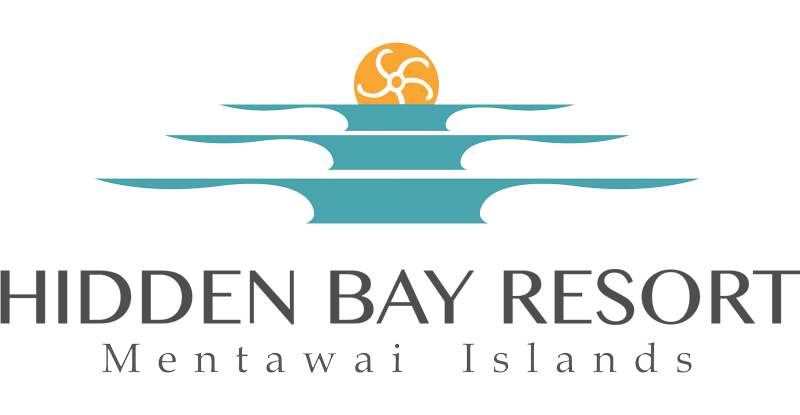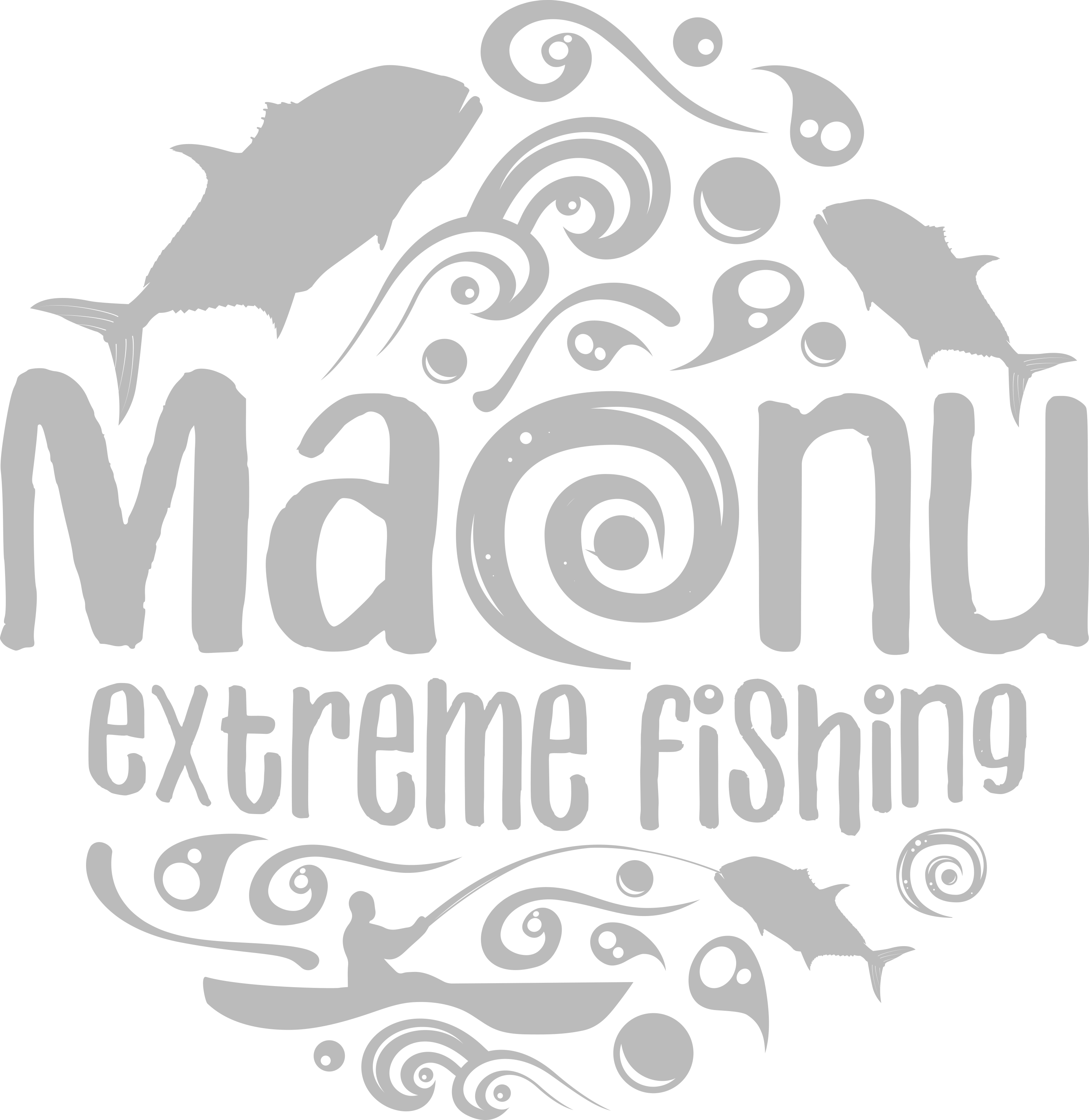A trip to the Mentawai Islands is a dream for every surfer.
A unique place that brings together numerous world-class waves spread across various islands in an archipelago far from civilization, all set in a perfect natural backdrop. Tropical climate and stunning nature.
But we are always at risk of accidents. And in a place with limited resources, so far from major centers, it can quickly turn into a nightmare.
At Hidden Bay Resort, we place great importance on safety, and with over 12 years of operation, we have standardized several measures to minimize risks. We have a radio system and first aid kits on all our boats, a well-stocked pharmacy for common illnesses, septic tanks, and monthly cleaning of our bay and beach. We also maintain contact with a speedboat for immediate transportation in case of severe incidents. Moreover, we make travel insurance mandatory. It’s a minimal cost that can make all the difference in case of an emergency. All of this is to ensure the best possible support for our guests in the event of an accident.
Here, we’ve compiled information about the main accidents that can occur in the Mentawai Islands, along with basic procedures for each situation. Keep this information handy for your next trip.
Common Types of Accidents During Surfing Sessions and What to Do First
1. Jellyfish
Characteristics:
Jellyfish are very common, with different species ranging from small ones causing minor burns to larger species, like the caravel, which has a vibrant blue color. Its sting can cause intense burns and, in some cases, respiratory arrest, particularly for individuals allergic to the toxins.
Procedures:
Never rub the affected area, as the toxins are released in micro-needles. Instead, shake the affected body part in seawater to loosen the micro-needles.
Use vinegar or seawater to wash the area—never use fresh water, as it may trigger more toxins to be released.
A toothpick or stick can be used carefully to remove any stingers stuck to the skin.
2. Sea Urchins
Characteristics:
Sea urchins are round and covered in poisonous spines. They are commonly found between corals and rocks, so stepping on them is frequent. The spines break upon contact, penetrating the skin and causing intense pain and inflammation.
Procedures:
Soak the affected area in hot water for 30 minutes to alleviate pain and soften the skin, which helps in removing the spines with tweezers or a needle.
3. Stingrays
Characteristics:
Stingrays have a flattened body and a long tail with a venomous barb at the end. They often bury themselves in the sand, and stepping on one can trigger a defense reaction. The sting releases a neurotoxic venom that can cause severe pain, tissue necrosis, and, in some cases, amputation of a limb.
Procedures:
Soak the sting in hot water to neutralize the venom. Clean the area gently with saltwater, but do not try to remove the barb yourself. Seek immediate medical attention to ensure proper removal of the stinger fragments.
4. Stonefish
Characteristics:
Stonefish are well-camouflaged in shallow waters, usually among corals and rocks. Stepping on one can cause its venomous spines to inject poison. Symptoms include intense pain, respiratory distress, cardiovascular issues, convulsions, and sometimes death.
Procedures:
Leave the water immediately and apply hot water at a temperature of 45°C for 20 minutes. Repeat this process several times.
In severe cases, an antidote is essential.
5. Lionfish (Zebra Fish)
Characteristics:
Lionfish have numerous poisonous spines and are nocturnal. During the day, they hide among rocks and corals. While their sting is intensely painful, it is rarely fatal.
Procedures:
Carefully remove the spines using gloves and tweezers, being cautious not to squeeze the poison glands.
Wash the wound with soap and water.
Immerse the affected limb in hot water for 10–20 minutes.
Consult a doctor to ensure your tetanus vaccinations are up to date.
6. Blue-Ringed Octopus
Characteristics:
This mollusk, from the Hapalochlaena family, is the only octopus species capable of causing fatal toxicity in humans. It carries a venom that causes paralysis. While rare, it can be a serious threat in Indonesia.
Procedures:
There is no antidote. First aid consists of applying pressure to the wound and providing artificial respiration if paralysis affects the respiratory muscles. Continue CPR until medical help arrives. Victims who survive the first 24 hours typically make a full recovery.
7. Corals
Characteristics:
Coral reefs, especially in the Mentawais, are common places for waves to break. Corals are marine animals, and cuts are common but often minor.
Procedures:
Disinfect with lime, though some doctors advise against it. However, it has worked well for many surfers.
Afterward, wash the wound with soap and water and scrub to remove any coral fragments.
Apply hydrogen peroxide (50% water, 50% peroxide) to clean the wound, followed by Betadine and an antibiotic ointment.
Change dressings twice a day to allow for oxygen circulation.
Waterproof patches can be useful for those wanting to surf despite the wound.
Always clean cuts after surf sessions and ensure they are covered to avoid infections.
8. Needlefish
Characteristics:
Needlefish are fast swimmers and tend to jump to gain speed while hunting other fish. While not aggressive, they can accidentally injure surfers with their sharp, pointed beaks, causing deep cuts.
Procedures:
Use your board as a shield if you notice needlefish jumping. If you are struck, stop the bleeding and seek immediate medical assistance.
Other Situations
Snakes
The symptoms of a snake bite depend on the type of snake, the location of the bite, and the victim’s physical condition.
Temple Viper (Tropidolaemus subannulatus)
Symptoms of Hemotoxic Venom:
- Intense pain at the site of the bite
- Swelling and bruising
- Numbness and tingling
- Rapid pulse and weakness
- Bleeding disorders and vomiting
Equatorial Spitting Cobra (Naja sumatrana)
Symptoms of Neurotoxic Venom:
- Minimal pain with no visible marks
- Local numbness
- Drooping eyelids, difficulty swallowing, and double vision
- Sweating, excessive salivation, and decreased reflexes
First Aid for Snake Bites
- Stay calm and move away from the snake. Have someone call emergency services immediately.
- Immobilize the affected limb and keep it below heart level.
- Treat for shock and keep the victim warm.
- Remove any restrictive items from the bite area.
- Apply a constriction band above and below the bite to restrict lymph flow.
- Do not wash the bite site unless the snake’s identity is unknown.
- Move the victim calmly to medical care.
Vaccines and Preventative Health
Mandatory Vaccinations:
- Yellow Fever: Required for travelers from certain countries.
Recommended Vaccinations for Southeast Asia:
- Diphtheria, Tetanus, Polio (DTP)
- Hepatitis A and B
- Measles, Mumps, Rubella (MMR)
- Rabies (for long-term travelers)
- Typhoid Fever (if traveling to rural areas)
Mosquito-Borne Diseases
- Dengue Fever: Prevent by avoiding mosquito bites; no specific treatment, only rest and paracetamol.
- Chikungunya: Symptoms similar to dengue; transmitted by Aedes mosquitoes.
- Malaria: Preventable with medication, especially in rural areas. Seek medical advice before traveling.
Here’s the corrected version with a few adjustments for clarity and flow:
Filariasis
Filariasis is a mosquito-borne disease that is common in the local population but rare among travelers. The best way to prevent this disease is to avoid mosquito bites.
Good reason to get vaccinated:
Hepatitis A
A food/waterborne virus common throughout the region, Hepatitis A infects the liver, causing jaundice (yellowing of the skin and eyes), nausea, and fatigue. There is no specific treatment for Hepatitis A; time is needed for the liver to heal. All travelers to Indonesia should be vaccinated against Hepatitis A, especially if planning to enjoy local food like nasi jinggo from street vendors.
Hepatitis B
Hepatitis B is the only sexually transmitted disease that can be prevented by vaccination. It is spread through bodily fluids, including sexual contact. In some parts of Indonesia, up to 15% of the population are carriers of Hepatitis B and may not even know it. Long-term effects can include liver cancer and cirrhosis.
Hepatitis E
This disease, transmitted through contaminated food and water, has similar symptoms to Hepatitis A but is much less common. Hepatitis E can be particularly dangerous for pregnant women, leading to the potential death of both mother and baby. There is currently no vaccine, so the best prevention is adhering to safe eating and drinking guidelines.
HIV
Indonesia used to be considered relatively safe in terms of HIV/AIDS, but due to religious and cultural taboos, the problem has likely been underreported. According to UNAIDS, between 600,000 and 790,000 people (as of 2015) are living with HIV in Indonesia, which has the fastest-growing epidemic in Asia. The number of cases has been rising rapidly and is expected to continue unless more effective prevention strategies are implemented. Factors contributing to this include:
- The extensive sex industry
- Limited testing and treatment clinics
- A highly mobile population
- A growing number of people who inject drugs
- Limited sexual and reproductive health services for unmarried people
Travelers are advised to exercise caution and remain vigilant.
Japanese B Encephalitis
Although rare in travelers, Japanese B encephalitis affects many locals each year. This viral disease is transmitted by mosquitoes, particularly in rural areas. Vaccination is recommended for travelers spending more than a month outside major cities. There is no cure, and about one-third of those infected will die, while another third will suffer permanent brain damage.
Malaria
Some areas of Indonesia, particularly urban and resort regions, have minimal or no risk of malaria. In rural areas, however, the risk of contracting the disease can be significant.
Malaria is caused by a parasite transmitted through the bite of an infected Anopheles mosquito, which is most active at night. This mosquito species is different from those that transmit diseases like Chikungunya and Dengue. Symptoms of malaria include fever, headache, diarrhea, cough, and chills. Malaria can be fatal, so it’s essential to seek medical advice regarding the correct medication and dosage before traveling.





